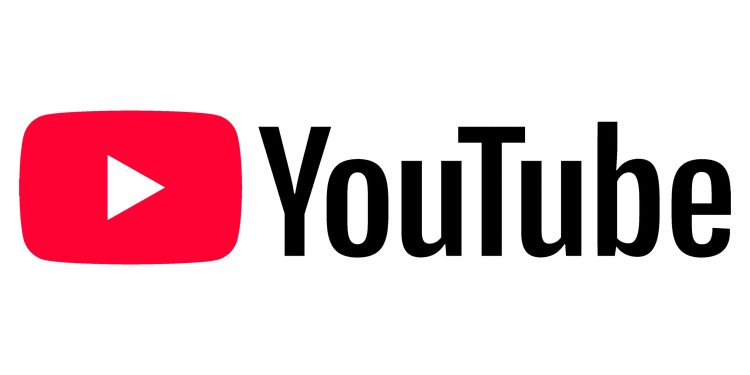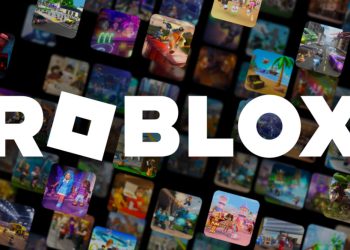YouTube has taken a strong stance against the misuse of artificial intelligence by endorsing the No Fakes Act of 2025. This legislation aims to combat deepfake technology that threatens the integrity and image of content creators on the platform. As influencer culture grows, so do concerns over unauthorized reproductions of likenesses and voices, making this move crucial for protecting creators’ rights.
In a recent blog post, YouTube outlined its commitment to safeguarding its community from potential abuses tied to AI technology. While the platform recognizes AI as a helpful tool for creativity, it remains vigilant about the dangers posed by synthetic media.
The threat is that in 2023, numerous female streamers encountered unauthorized deepfake websites exploiting their images without consent. Such incidents have galvanized YouTube’s efforts, publicly backing the No Fakes Act, which seeks to shield individuals from unauthorized digital representations via generative technologies.
Among the key updates highlighted in their post is a significant change to YouTube’s privacy policy. Users can now request the removal of any altered videos using their likeness without permission. This step is essential for giving creators more control over how they are represented online.
Alongside this policy update, YouTube is rolling out new tools to manage likenesses depicted through AI on its platform. A pilot program has already started testing these “likeness management tools,” which will empower creators to oversee and handle AI portrayals effectively.
YouTube also recommits itself to legislative support by backing the No Fakes Act and another initiative called the Take It Down Act. The latter focuses on criminalizing nonconsensual sharing of intimate content—an area critically needing legal reinforcement as technology evolves faster than existing laws can cope.
The rise of AI isn’t limited just to deepfakes; influencers increasingly interact with chatbots mimicking their personalities on platforms like Character AI. These developments underscore an ongoing battle between creative expression and technological misuse that many creators face today.
The struggle against malicious technology use isn’t easy. QTCinderella, one victim from prior incidents involving deepfake exploitation, expressed her frustration with navigating legal pathways against those responsible for such websites—a stark reminder that current regulations often lag behind technological advancements.
While some states have enacted laws against sharing intimate imagery without consent, few offer thorough protections against fabricated images crafted using current technologies like deepfake. With major players like YouTube pushing for stronger regulations through acts like the No Fakes Act, there’s hope coming soon for a safer environment where creativity can flourish without fear of exploitation.




















